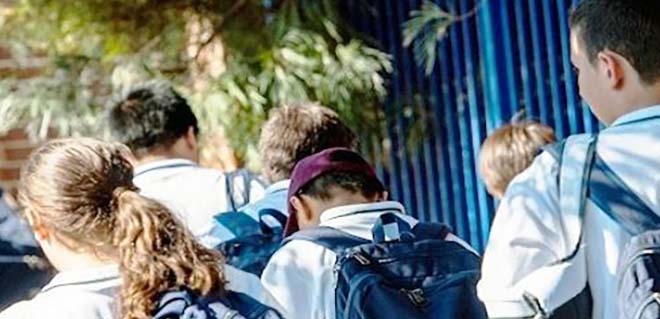Majority of young girls with disabilities bullied on the quiet

Some 57% of girls with disabilities in upper primary school have experienced covert bullying where they are excluded from social circles, rejected, subjected to vicious rumours, whispering and threatening looks.
A research team, led by University of South Australia researcher Dr Anna Moffat and including Professor Gerry Redmond and Associate Professor Pammi Raghavendra from Flinders University, used data from the Australian Child Wellbeing Project, a survey of 4753 Australian children aged 8-14 years, 490 of whom identified as living with a disability.
They looked at the influence of family, peer and teacher support on the prevalence of covert bullying in children with and without disabilities and whether there were any differences in gender or age.
“In children without disability, higher levels of peer, family and teacher support seem to provide some protection against bullying. Low levels of social support in children with disability means that they often aren’t afforded this same protection,” Dr Moffat says.
Girls with disabilities in Years 4-6 reported significantly lower levels of teacher and family support and significantly higher levels of covert bullying (57% compared to 28% among girls without disability). The figures were only slightly better for Year 8 girls living with a disability, where 47% reported being bullied compared to 20% of their female peers without disabilities.
The researchers note that social isolation from peers and perceived lower levels of support from teachers may make some students with disabilities particularly vulnerable while at school.
“Our study shows that school-wide strategies to reduce social isolation of students with disability may be most effective in reducing covert bullying,” Assoc Prof Raghavendra says. “A multi-pronged approach is needed to address this issue.”
“This study is unique in that children between 8-14 years of age self-identified as living with a disability, whereas most studies use diagnosis to classify students. This self-identification gives further credibility to our findings.”
The findings of the study are reported in the Journal of School Violence.